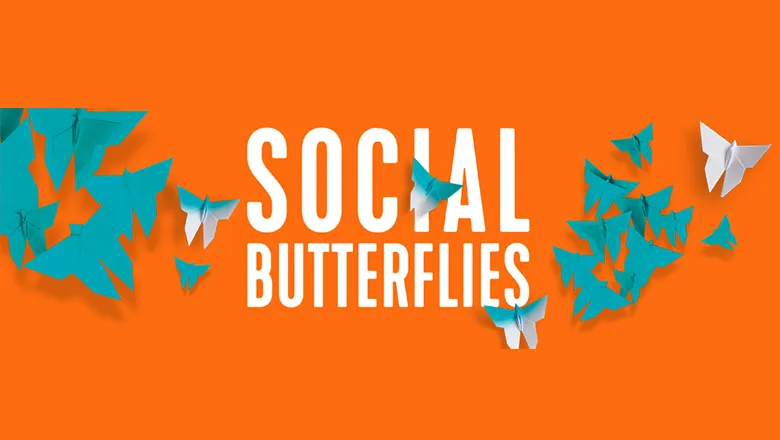18 April 2019
When designing policy, think about what cues you're sending
Dr Michael Sanders and Susannah Hume
MICHAEL SANDERS and SUSANNAH HUME: For public policy to be effective, it should harness positive social cues

When you got into work this morning, did you go straight to your own desk with your name, your mug, and photos of your loved ones or most recent holiday to Marbella on it? Or did you, like an increasing number of office workers, arrive not knowing which hotdesk – if any – was still going to be available? Hotdesking is increasingly becoming the norm in organisations. Certainly in most UK government departments, and at the Behavioural Insights Team, a social purpose company that spun out of the UK government, and where we worked until recently, eight desks for every 10 people is a luxury.
The arguments for and against hotdesking have been made extensively elsewhere: it’s cheaper for organisations, but a pain for staff. These considerations will be traded off against each other by the finance and HR departments.
What is less often considered is the cultural impact – something more the domain of leaders. Hotdesks have the potential to signal equality in the organisation, if everyone is truly equal and has to take their chances regardless of rank. It can also signal the expectation that workers should venture outside their silos, and move around to meet new people and have new ideas – rather like an organisational version of the famous “magical incubator” MIT Building 20. So far so good.
But this isn't always how it works in practice. If only team leaders have their own desk, then this sends a pretty clear cue about who is considered important enough for the company to absorb the additional cost of a permanent desk. If team leaders aren’t supposed to have their own desks but in practice do – perhaps marking their territory with photos, paperwork, or keeping a few spare pairs of shoes underneath it – junior staff might infer that the organisation cares about more about the appearance of equality than about the reality. And if some team leaders expect staff to move around, whereas others are pretty happy to let them colonise particular desks, then that can lead to cultural differences and inequalities between teams.
Social cues are these clues in our environment that indicate what’s expected of us, or what other people have got away with. Hotdesking, it turns out, is a minefield of social cues that can have a whole host of unintended, and unexpected, consequences for organisations.
But social cues don’t just affect office politics; they influence public policy, too – something which is the topic of our new book, Social Butterflies, released today. We talk about how well-intentioned and even well-informed policies can have the opposite effect to what they intended if policymakers did not consider the social cues they were sending.
Consider the Scared Straight programme, one of the most famous failures of crime prevention policy. Scared Straight took young people who had committed a first offence to an adult prison to try and convince them to turn away from a life of crime. In fact, they ended up almost two thirds more likely to end up committing an offence than if they’d not been on the programme. What did these young offenders learn about what the system thought of them when they were sent into a prison? Perhaps that society expected them to turn out to be criminals?
Similarly, the widespread use of stop, question and frisk powers in the United States led to a situation in New York where nearly every single African American man had at one point or another been stopped and searched by the police, or at least knew someone who had been. What cue did that send them about how society viewed them, and how much they could and should trust the police?
These are negative examples, which show how powerful the harm done by negative cues can be if we don’t pay attention them. However, quite a bit of good can be done through establishing positive cues. At an everyday level, this might include the requirement for websites to ask you about privacy settings every time you visit. Research by Harvard Business School’s Leslie John and her colleagues suggests these notices could cue us to be us more vigilant against other threats to our privacy. We can also use highly salient cues – like someone sweeping up a messy street, as in a study by the Dutch psychologist Kees Keizer – to help show people what society thinks is important, and in so doing encourage them to pick up their own litter.
Social cues – as well as a range of other forms of social influences that we might sometimes forget to consider – can make a big difference to outcomes, and by taking a bit more time to think about them, we can make policy more effective.
Social Butterflies, by Michael Sanders and Susannah Hume, is published by Michael O’Mara Books on 18 April 2019.
Dr Michael Sanders is a Reader in Public Policy at the Policy Institute at King’s College London, and Executive Director of the What Works Centre for Children’s Social Care. He formerly served as Chief Scientist at the Behavioural Insights Team.
Susannah Hume is Associate Director for What Works at King’s College London, and establishing Director of the Centre for Transforming Access and Student Outcomes in Higher Education, the What Works Centre for Higher Education. She was formerly Head of Skills and Principal Research Advisor at the Behavioural Insights Team.
